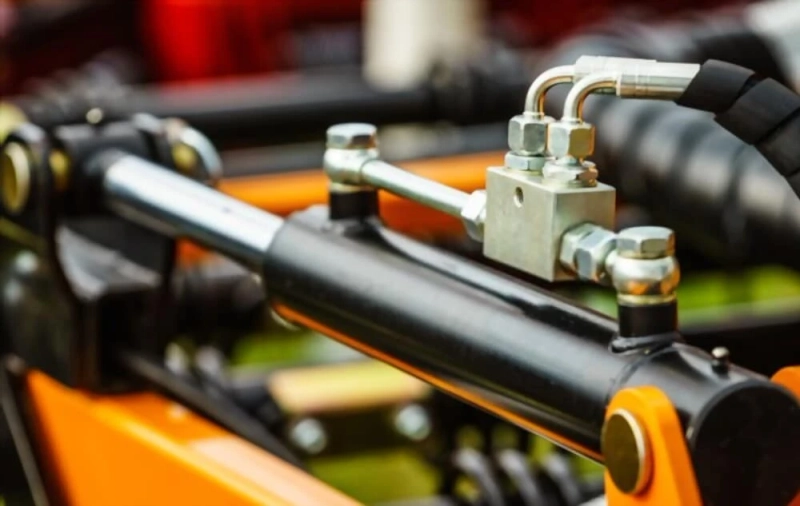A Comprehensive Guide to Hydraulic System Components
Hydraulic systems are the mechanical component that provides lift, reach and tilt functions for heavy equipment. These hydraulic systems can power heavier loads at a ...


Hydraulic systems are the mechanical component that provides lift, reach and tilt functions for heavy equipment. These hydraulic systems can power heavier loads at a ...

